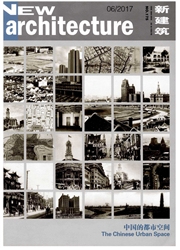

 中文摘要:
中文摘要:
武昌首义公园于1924年建成开放,是武汉三镇为纪念1911年辛亥首义而辟设的重要公共空间。结合20世纪初世界性国家纪念碑建设以及公园运动的背景,分析首义公园的选址、创出及发展,并从主题、形式、材质、位置、表演编排等角度,诠释园内纪念性结构对共和话语及公共记忆的空间物化。武昌首义公园从结构到场景均是新共和政府操纵和提高大众政治意识的空间尝试,蕴含着"唤醒"和"规训"的双重进程。
 英文摘要:
英文摘要:
Wuchang Shouyi Park,initially opened in 1924,was a significant public space established by the government of Wuhan tri-cities to commemorate the outbreak of 1911 Revolution.Taking Shouyi Park as a specific case,this paper investigates its site selection,early construction and the following development contextualized in the worldwide monument construction and public park movement in the early twentieth century.It further examines the commemorative structures in the park,and constructs their spatial manifestations of republican discourse and public memory from the perspectives of subject, style,material,location and dramaturgy.Structurally and territorially,Wuchang Shouyi Park constitutes consciousness-raising efforts manipulated by the new republican government,and involved a dual process that might be characterized as "awakening" and "disciplining".
 同期刊论文项目
同期刊论文项目
 同项目期刊论文
同项目期刊论文
 期刊信息
期刊信息
